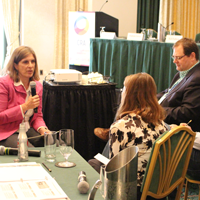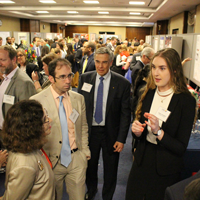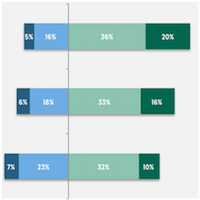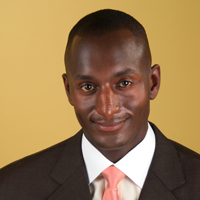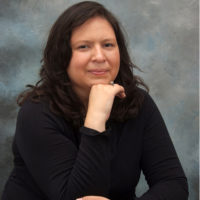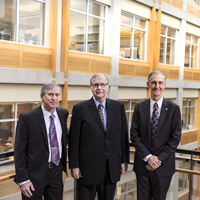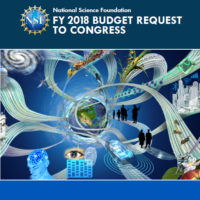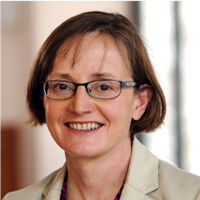
Research Highlight: CRA Board Member Margaret Martonosi
What do multiprocessors, zebras, and qubits have in common? The field of computer architecture sits at the hardware-software interface, and computer architects play the role of mediating between technology trends emanating “from below” and application trends influencing the field “from above.” Over the 30 years since I began graduate school, my computer architecture research has explored many topics, but the ongoing theme has been attention to how technology and application trends and constraints influence hardware and system design, particularly at the hardware-software interface.


